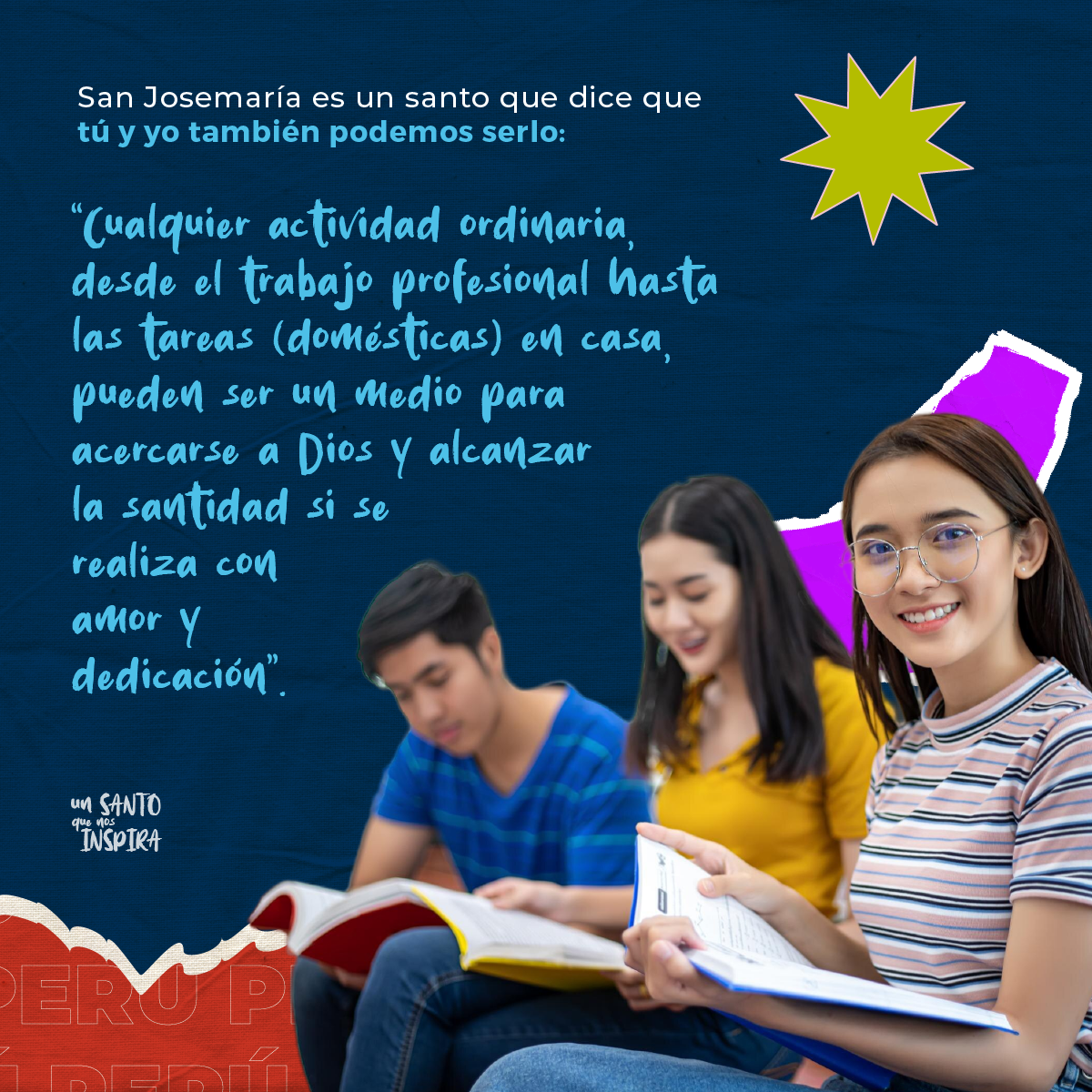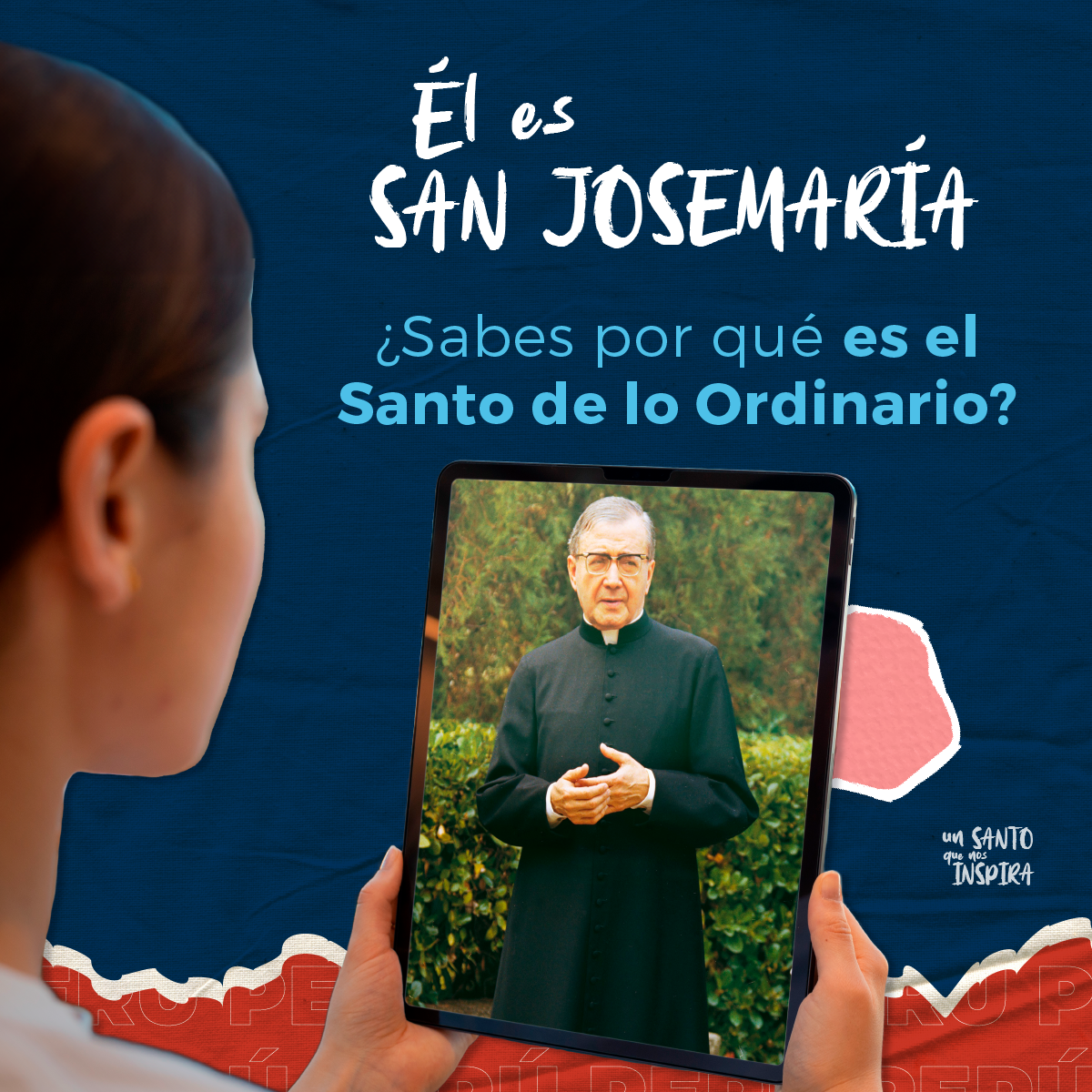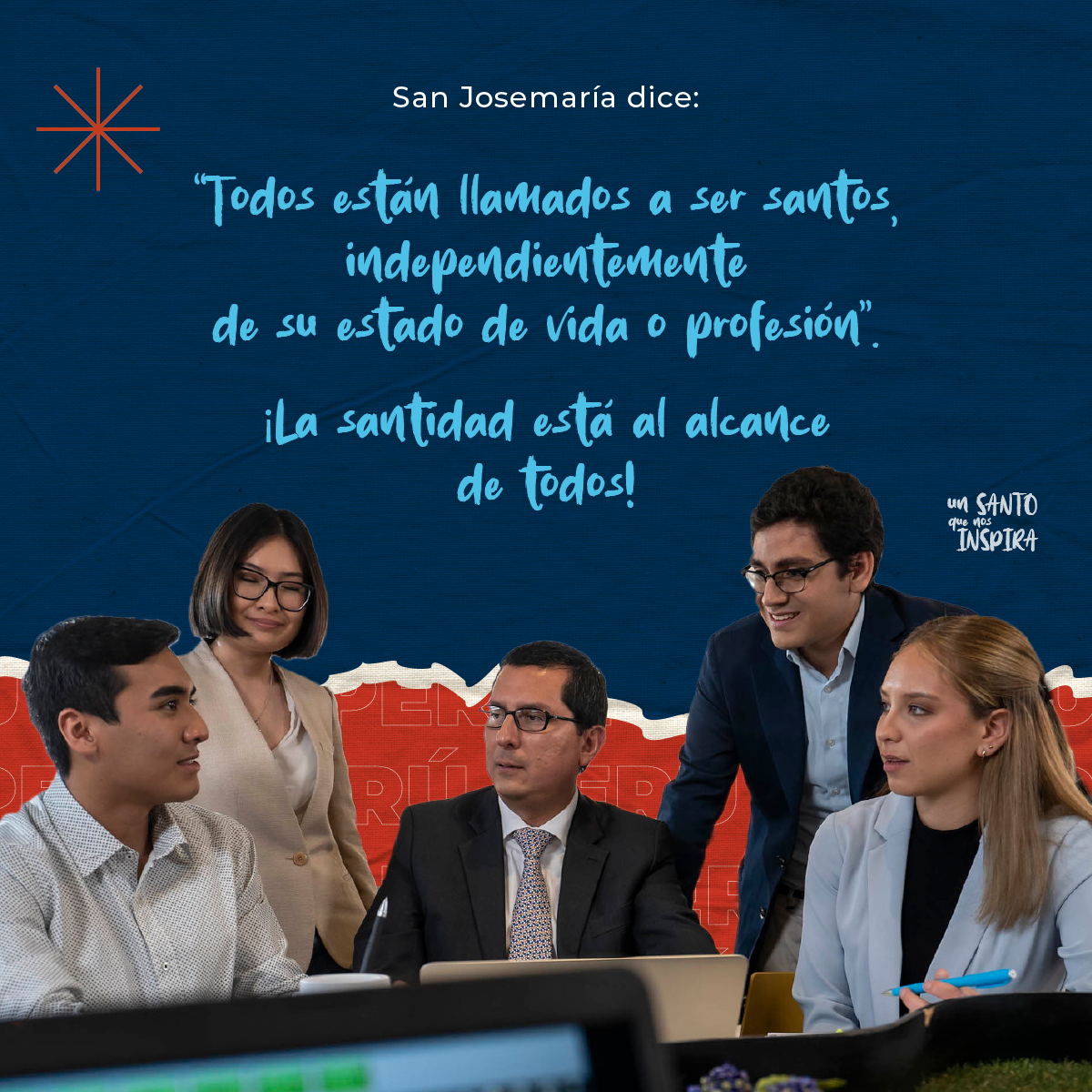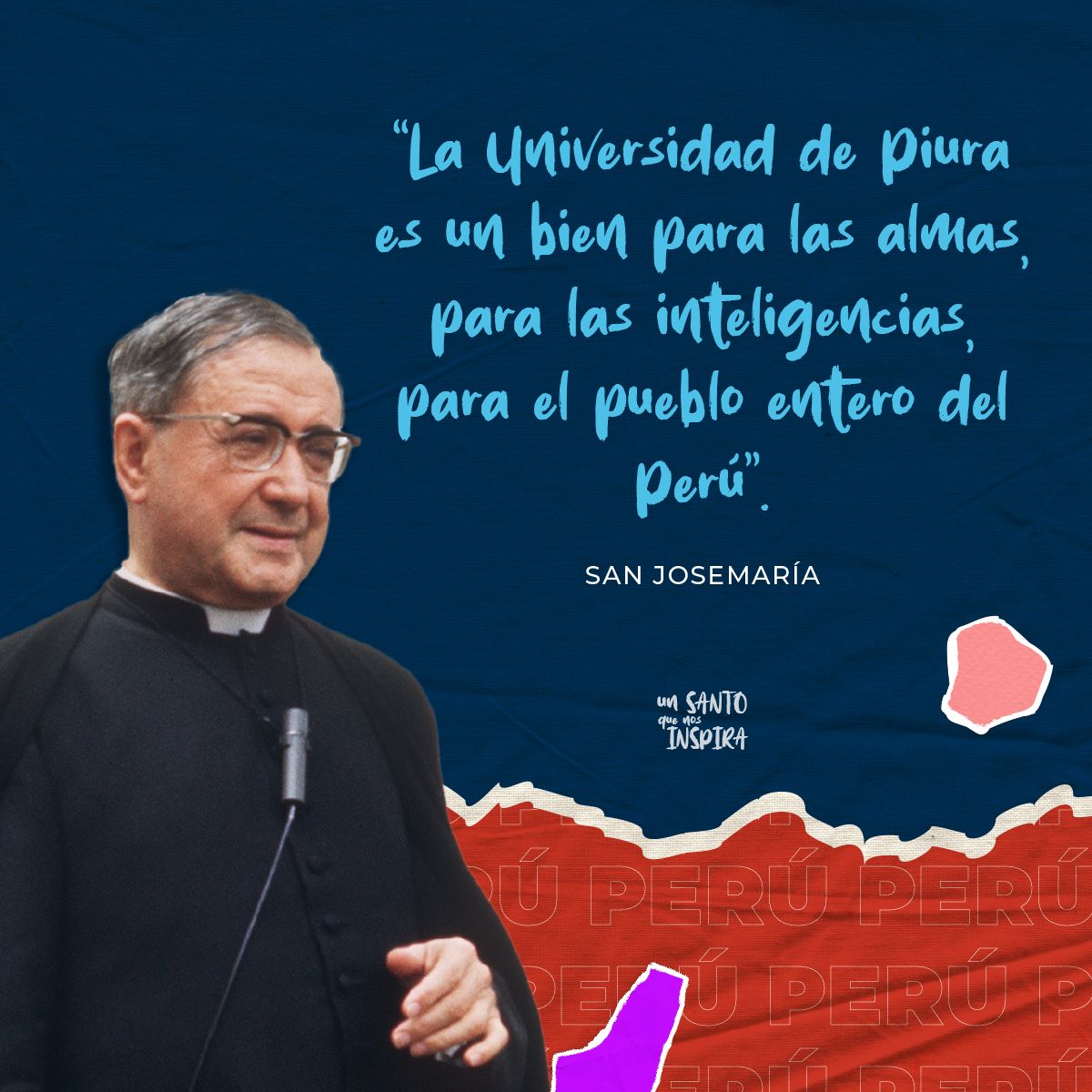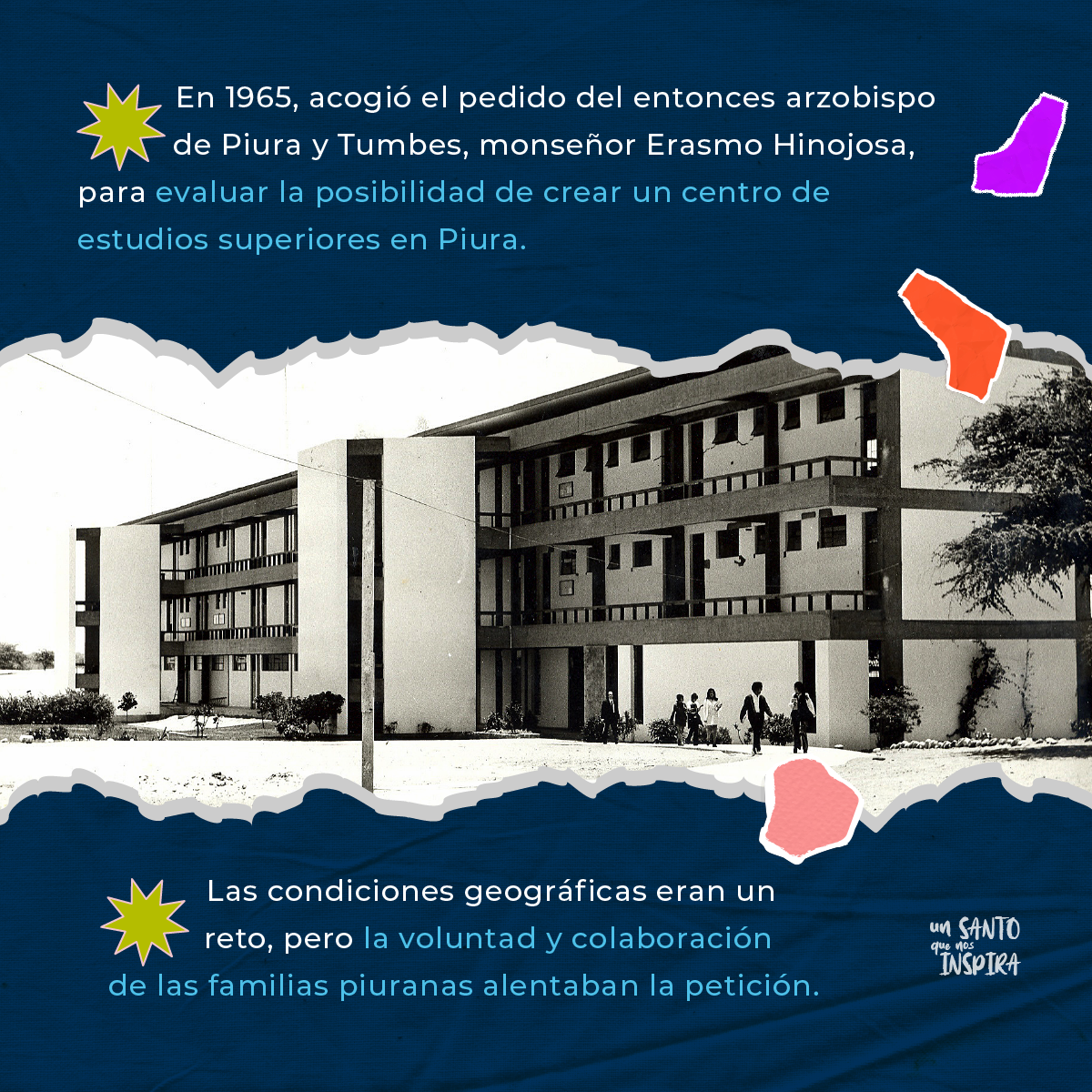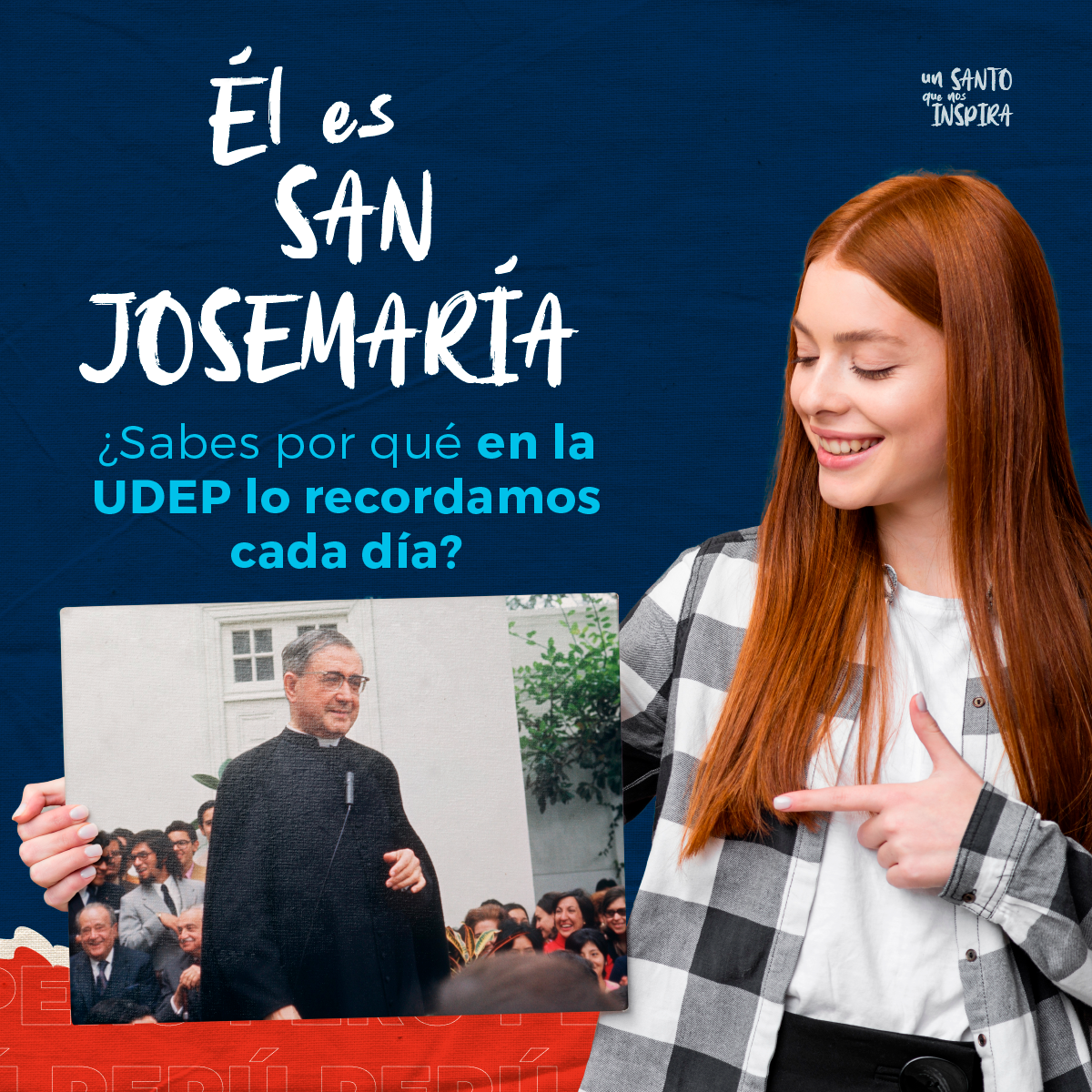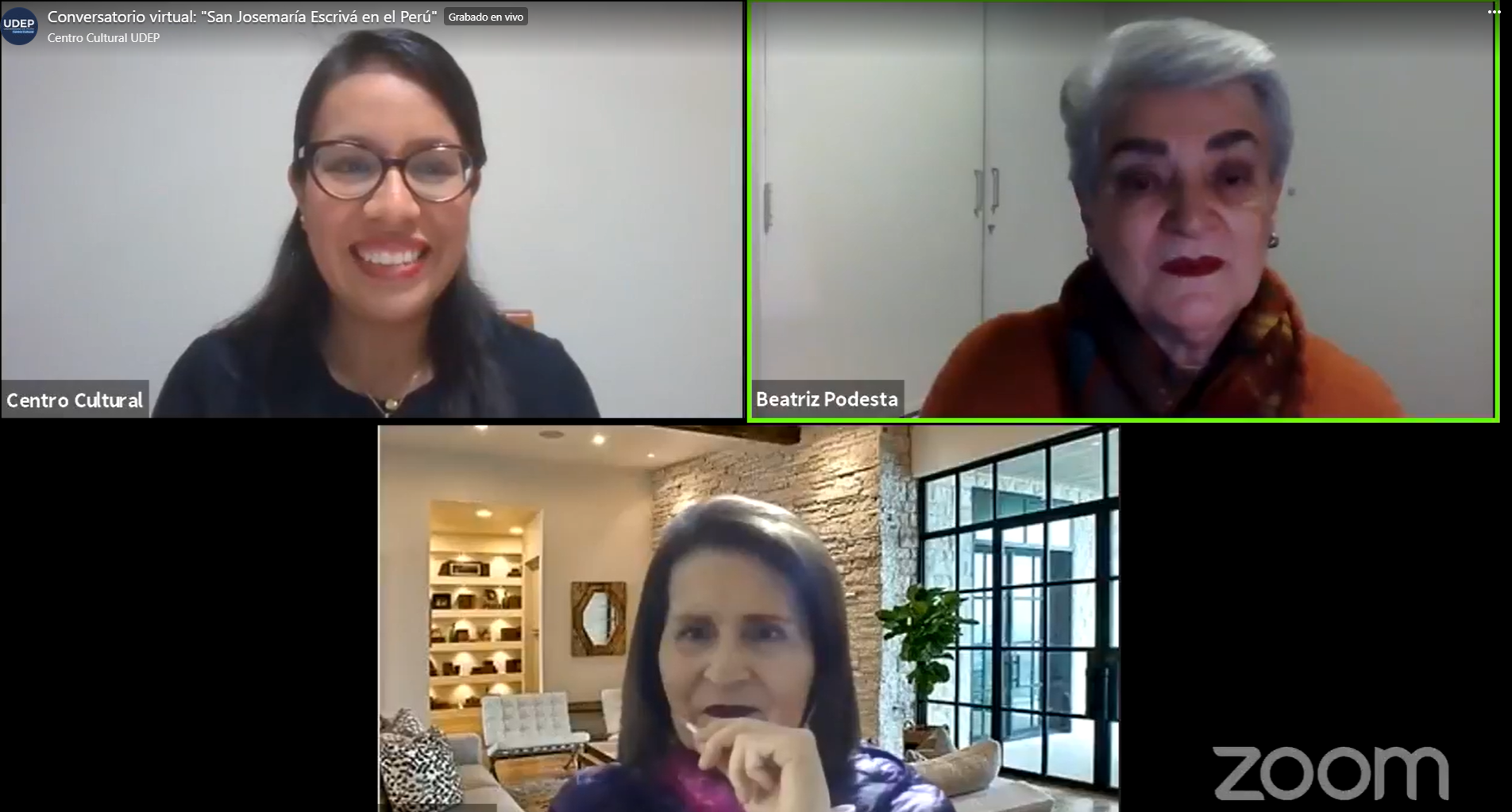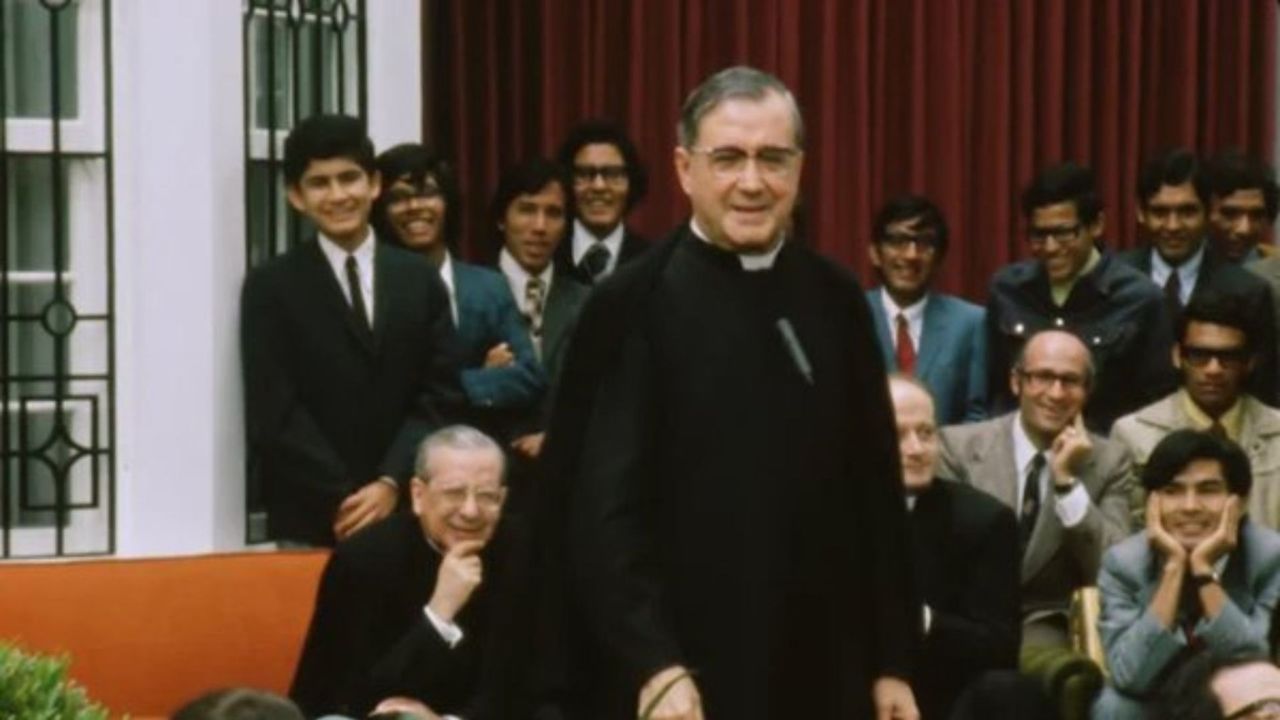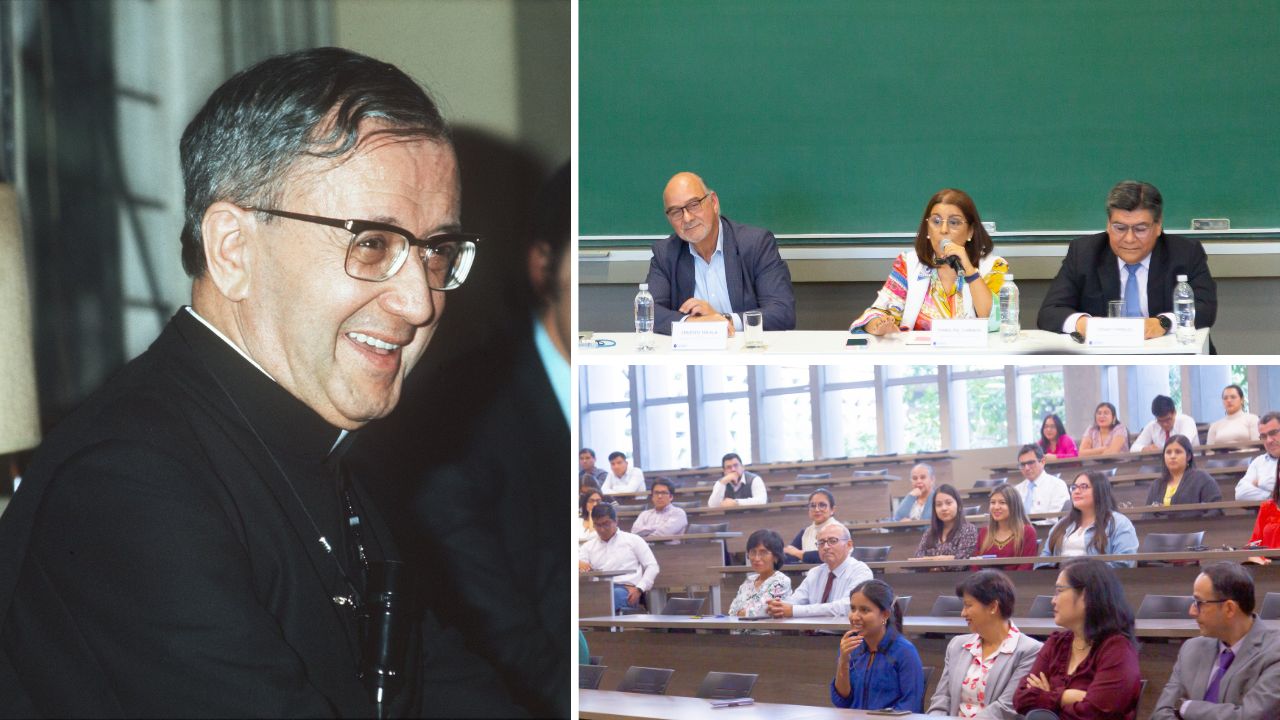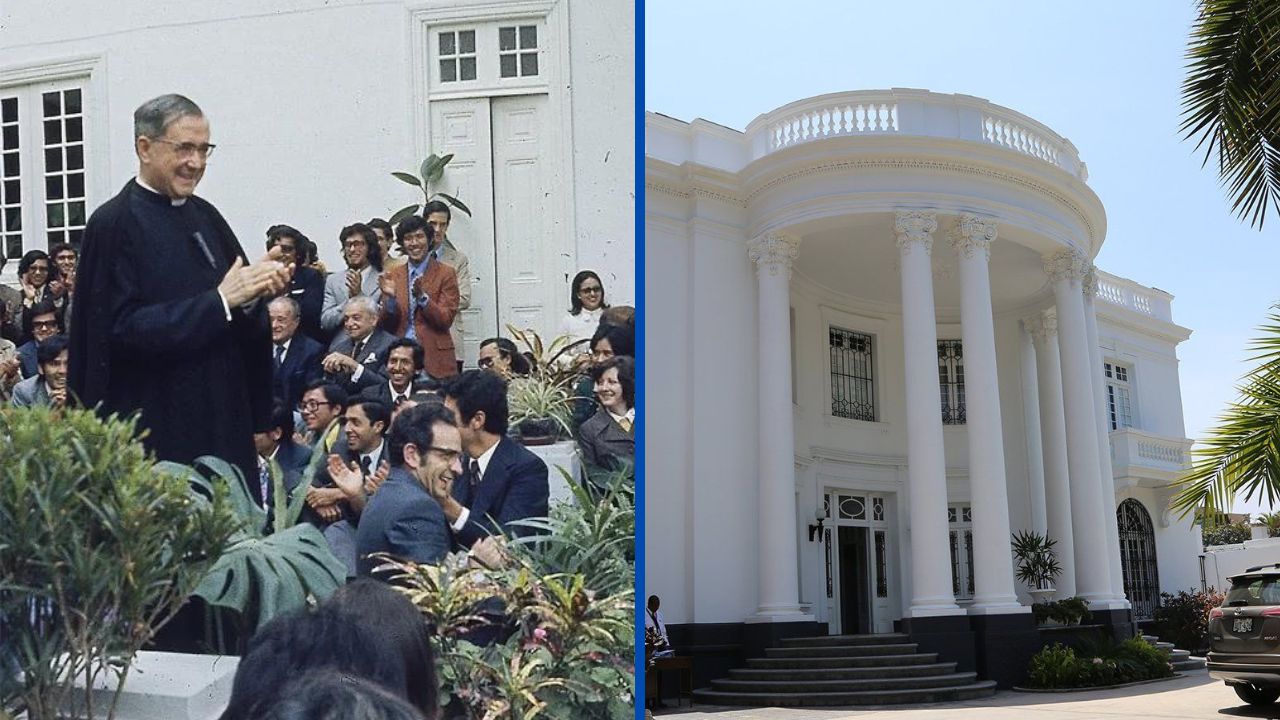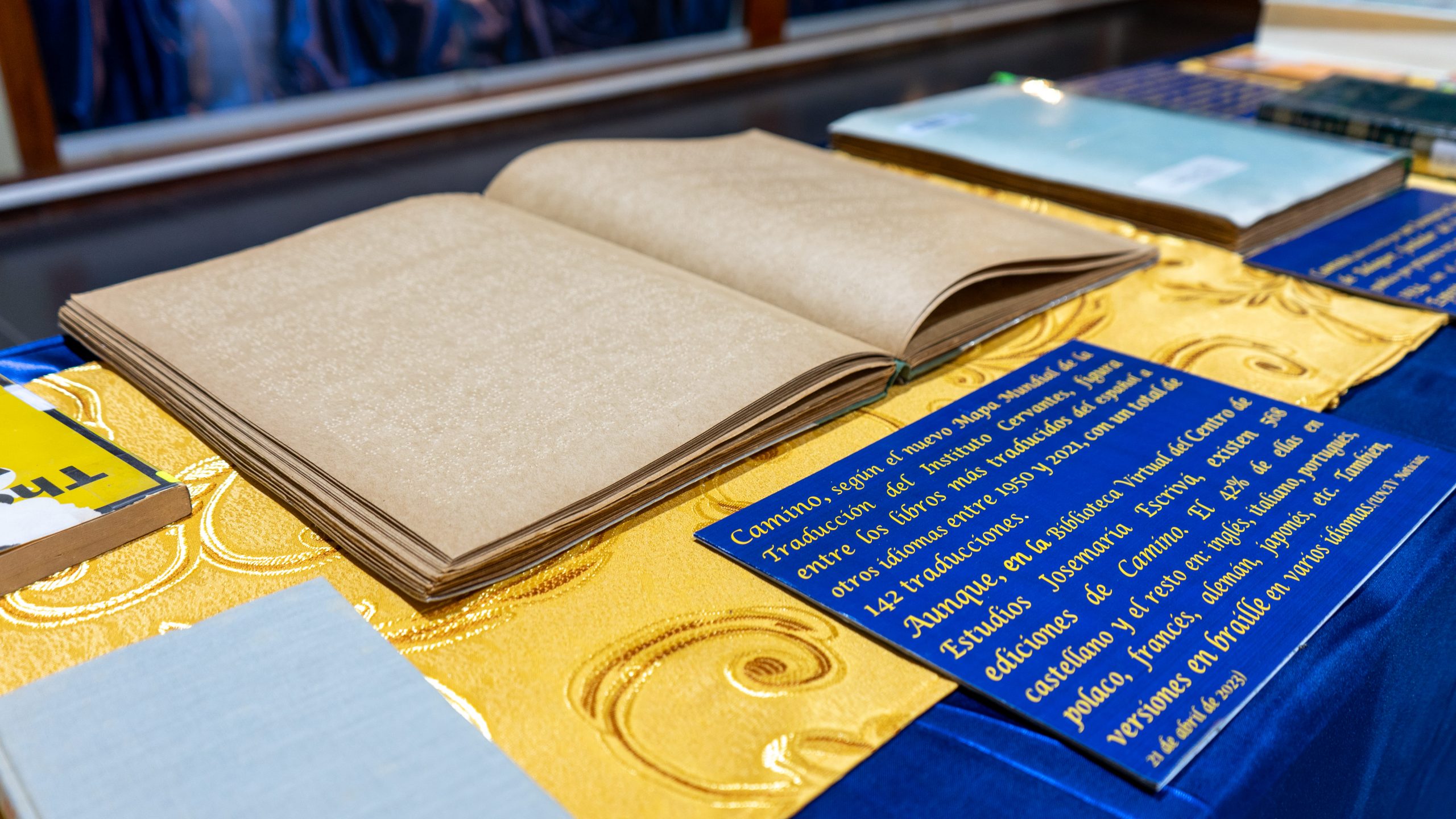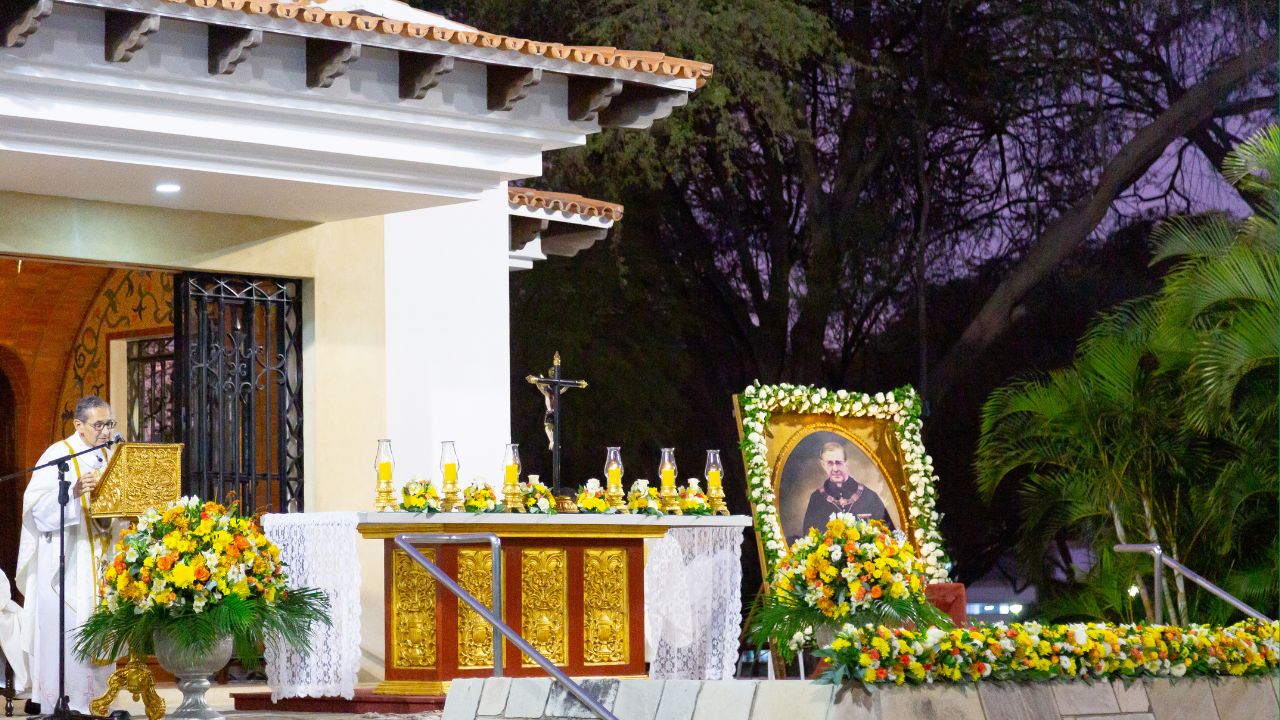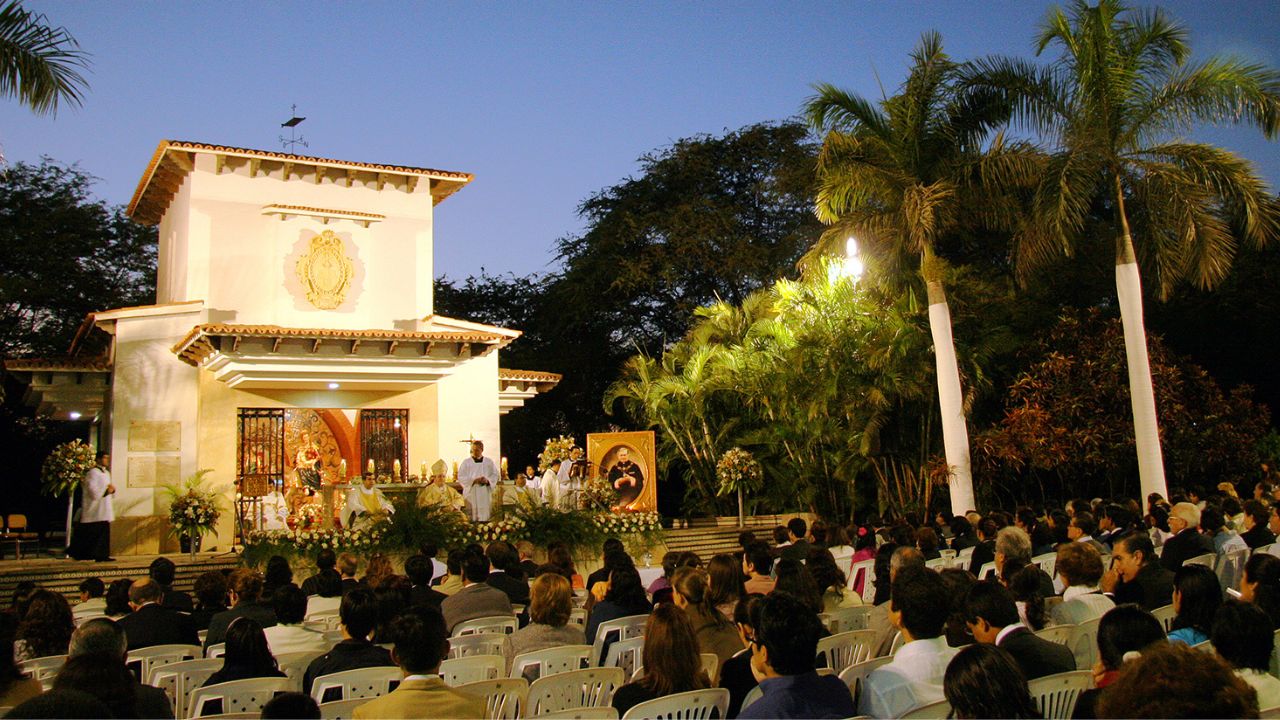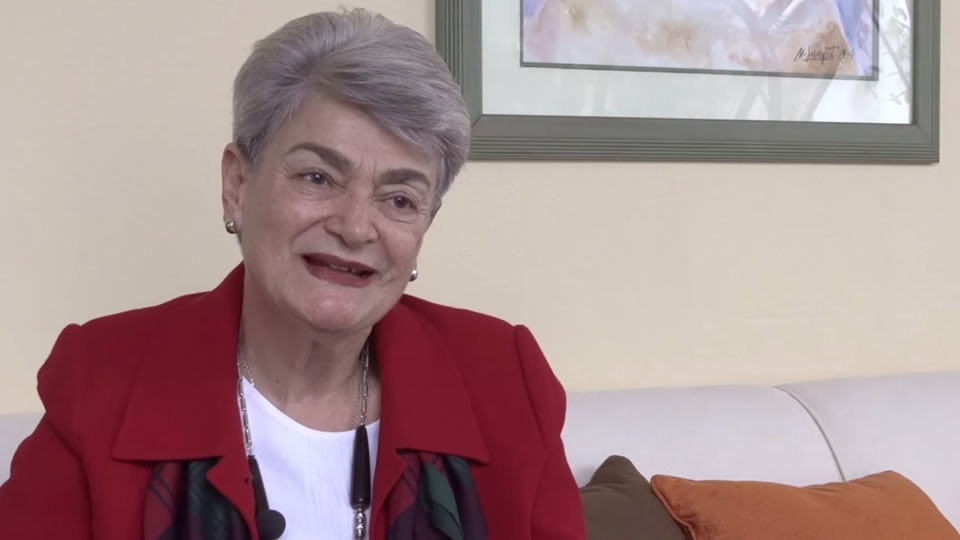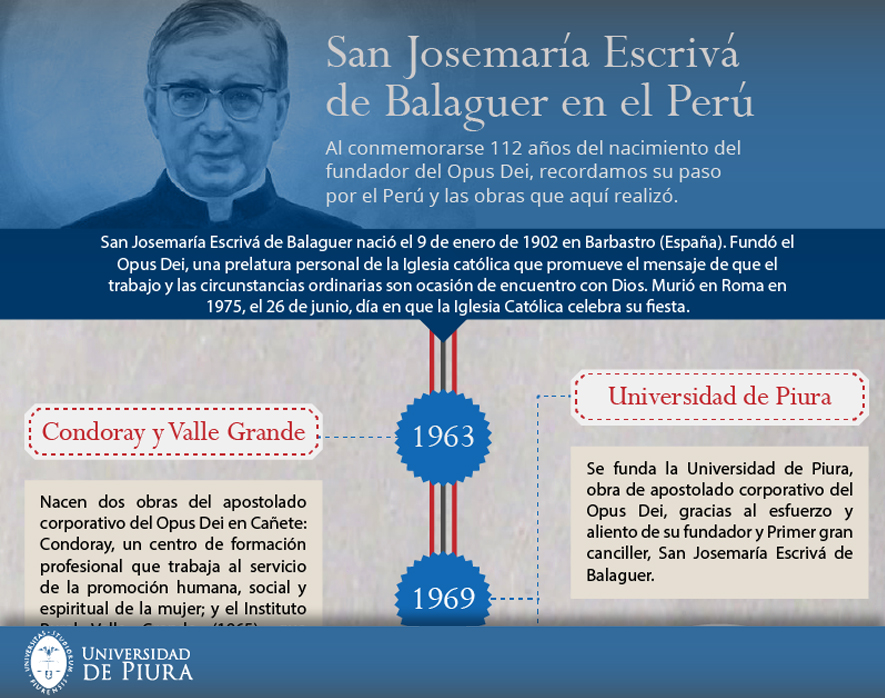


The impact of a message that continues to come to life
Gallery of Videos
Saint Josemaría
🙏🕊 An example of loyalty to the Pope. On the 50th anniversary of Saint Josemaría's visit to Peru, which is commemorated this month, let us remember, in this video, one of his messages, about fidelity to the Supreme Pontiff of the Catholic Church: “Every day you must grow in loyalty to the Church, the Pope, the Holy See… With an ever more theological love!” (“Furrow”, 353).

Find out the news about event
Articles of Saint Josemaría
Line of time

-
Born in Barbastro, Spain.
-
The family moves to Logroño due to economic difficulties.
-
He felt the call to the priesthood and began his studies at the seminary in Logroño.
-
He is ordained a priest in Zaragoza.
-
He moved to Madrid to study Law and work pastorally.
-
He founded Opus Dei in Madrid, inspired by a vision during a spiritual retreat.
-
Extend Opus Dei to women.
-
During the Spanish Civil War, he faces religious persecution and works clandestinely.
-
Opus Dei receives the first diocesan approval from the Bishop of Madrid.
-
He founded the Priestly Society of the Holy Cross, for diocesan priests who wish to follow the spirit of Opus Dei.
-
He moved to Rome to establish the headquarters of Opus Dei and work more closely with the Holy See.
-
Opus Dei receives definitive approval from the Holy See.
-
He suffers a serious illness that leaves him temporarily paralyzed, but he recovers.
-
The founder of Opus Dei, and of the University of Piura, today Saint Josemaría Escrivá, visited the country, whose liturgical feast we celebrate on June 26, since when he was canonized (2002). It was a decisive year for many, for hundreds of Peruvians who were able to see and hear it; and now they can remember him and treat him as if they saw him, even though he is in heaven and we are on earth.
-
He dies in Rome.
-
Beatified by Pope John Paul II.
-
Canonized by Pope John Paul II.
-
The UDEP will celebrate the festival of San Josemaría Escrivá.


© 2024 UDEP. All rights reserved.
Piura Campus: Av. Ramón Mugica 131, Urb. San Eduardo. ☏(073) 284500
Lima Campus: Calle Mártir José Olaya 162, Miraflores. ☏(01) 2139600





